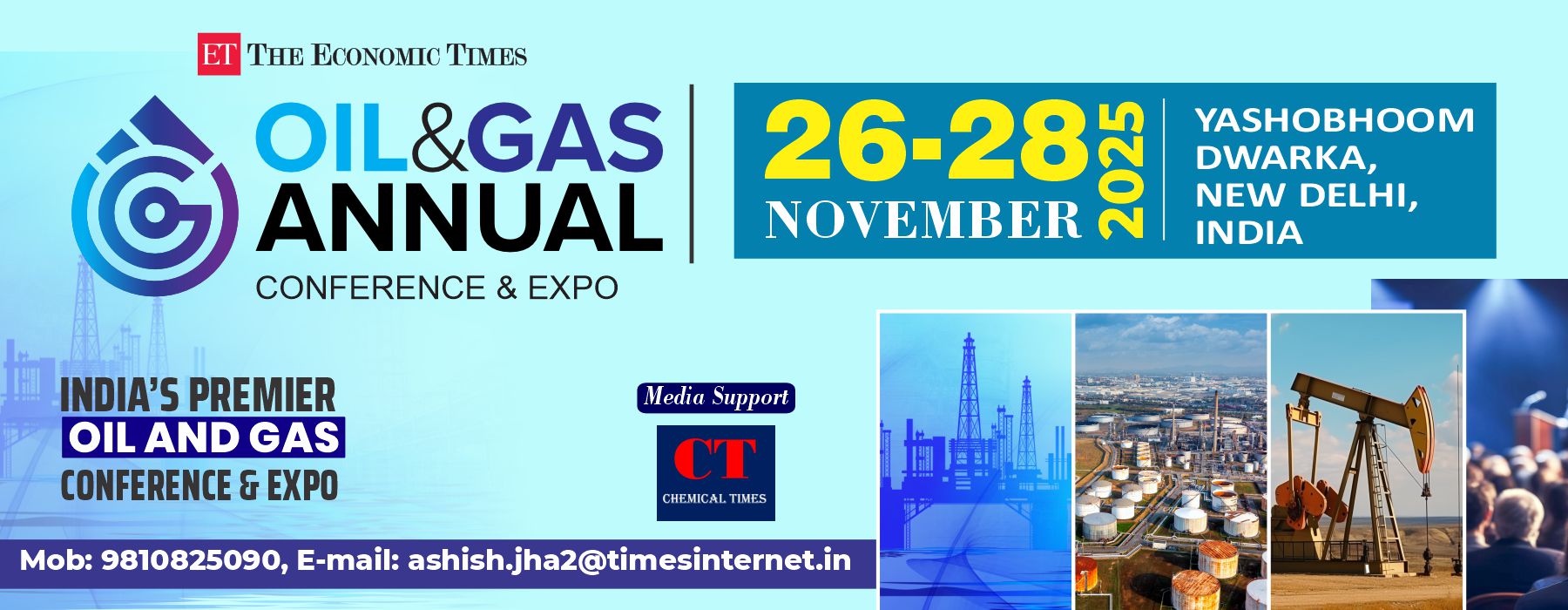Sparging is a widely used technique in various industries where gas is injected into a liquid to promote mass transfer, mixing, or chemical reactions. It is a crucial process in sectors such as brewing, chemical engineering, biotechnology, and wastewater treatment. The dynamics of sparging, which refers to the behavior and interaction between gas bubbles and the liquid phase, determines the efficiency and success of the operation.
This article provides an in-depth analysis of sparging dynamics, explaining its principles, factors influencing gas-liquid interactions, and how it is applied in different industries to optimize performance and outcomes.
What is Sparging?
Sparging involves the injection of a gas, such as air, nitrogen, or carbon dioxide, into a liquid. The gas is introduced through a device called a sparger, which disperses the gas into fine bubbles. As these bubbles rise through the liquid, they enhance mass transfer between the gas and liquid, aiding in processes like chemical reactions, oxygenation, or removal of unwanted gases.
The dynamics of sparging depend on the size and behavior of the bubbles, the properties of the liquid, and the design of the system. The overall objective of sparging varies depending on the industry, but the underlying principles remain centered around efficient mixing, improved mass transfer, and optimized process control.
Key Factors in Sparging Dynamics
The effectiveness of sparging is determined by several interrelated factors that influence how gas bubbles behave in the liquid phase:
1. Bubble Formation and Size
The size and distribution of gas bubbles are critical to sparging efficiency. Smaller bubbles have a higher surface area-to-volume ratio, which increases the contact between the gas and the liquid, allowing more gas to dissolve. Spargers are often designed to create these fine bubbles, enhancing the mass transfer rate by allowing bubbles to remain in the liquid longer.
- Smaller bubbles: Rise slowly, leading to longer residence times and more efficient gas transfer.
- Larger bubbles: Rise quickly, reducing contact time and potentially lowering mass transfer efficiency.
2. Bubble Rise Velocity
The velocity at which gas bubbles rise depends on their size, the density of the liquid, and the system’s viscosity. Small bubbles rise slowly and promote prolonged gas-liquid interaction, while larger bubbles rise faster but may cause less efficient gas transfer. The rise velocity also determines the turbulence and mixing efficiency in the system.
3. Gas-Liquid Interface
At the gas-liquid interface, mass transfer occurs as gas molecules move from the bubbles into the liquid. The larger the interface, the better the mass transfer. Smaller bubbles provide a larger surface area for gas exchange, leading to more efficient sparging. This interface is critical in processes where oxygen, nitrogen, or other gases must be dissolved in the liquid for chemical or biological reactions.
4. Mass Transfer Coefficient
The rate of mass transfer in sparging is represented by the mass transfer coefficient (k_La). It combines the effects of bubble surface area and the rate of gas transfer across the interface. A higher mass transfer coefficient indicates more efficient sparging, with faster and more effective gas absorption into the liquid phase.
Types of Sparging and Industrial Applications
Sparging is employed in numerous industrial applications, each using different gases to achieve specific objectives. The most common types of sparging include:
1. Air Sparging
- Application: Used extensively in wastewater treatment, aquaculture, and bioreactors.
- Process: Air is bubbled into water or liquid solutions to increase the dissolved oxygen content. This oxygen promotes the growth of aerobic microorganisms, crucial for breaking down organic materials in wastewater treatment plants or supporting fish health in aquaculture tanks.
- Goal: Increase oxygen levels, enhance biological processes, or remove volatile organic compounds (VOCs) from contaminated liquids.
2. Steam Sparging
- Application: Found in chemical processes, heating, and stripping operations.
- Process: Steam is injected into a liquid to heat it or to strip away unwanted gases or volatile components. In many chemical industries, steam sparging helps drive temperature-sensitive reactions or separates components via vaporization.
- Goal: Increase temperature or strip unwanted substances efficiently.
3. Oxygen Sparging
- Application: Common in brewing, fermentation, and chemical synthesis.
- Process: Pure oxygen is sparged into liquids to increase the oxygen concentration. This is particularly important during fermentation in brewing, where yeast requires oxygen for proper growth and metabolism, or in chemical reactions that rely on oxygen to function optimally.
- Goal: Enhance oxygen availability for microbial or chemical processes.
4. Nitrogen Sparging
- Application: Used for degassing or creating inert atmospheres in chemical reactions.
- Process: Nitrogen gas is sparged into liquids to remove dissolved oxygen or other gases, which might interfere with the desired chemical process or degrade the final product. Nitrogen sparging is also used to create an inert atmosphere to prevent oxidation.
- Goal: Purge unwanted gases, create an inert environment, or ensure product stability.
Factors Affecting Sparging Efficiency
To optimize sparging, several factors must be considered and adjusted to improve performance in specific processes:
1. Sparger Design
The design and placement of the sparger are crucial to efficient gas dispersion. Spargers with smaller pores generate finer bubbles, increasing gas-liquid interaction and improving mass transfer. The placement of the sparger within the liquid tank also affects gas distribution, mixing, and overall efficiency.
2. Gas Flow Rate
The gas flow rate directly impacts the bubble size and mass transfer efficiency:
- Lower flow rates produce smaller bubbles that rise slowly and have longer residence times.
- Higher flow rates can generate larger bubbles and increase mixing, but may decrease the efficiency of gas transfer.
3. Liquid Properties
The properties of the liquid, such as its viscosity and density, influence the behavior of gas bubbles. In highly viscous liquids, bubbles rise more slowly, which can improve gas transfer but may hinder mixing. Denser liquids also affect the buoyancy of bubbles and require more energy for effective sparging.
4. Temperature
Temperature plays a vital role in sparging dynamics. Higher temperatures can reduce the solubility of gases, impacting mass transfer rates. In processes such as steam sparging, temperature is critical to driving phase changes and optimizing the removal of dissolved gases.
Applications of Sparging Across Industries
Sparging has a range of industrial applications due to its flexibility in enhancing gas-liquid interactions:
1. Brewing and Fermentation
- Sparging is used to infuse oxygen into the wort during brewing, promoting yeast activity for fermentation. Nitrogen sparging is also employed to remove dissolved oxygen, extending the beer’s shelf life and improving flavor stability.
2. Chemical Engineering
- In chemical processes, sparging aids in gas-liquid reactions, such as oxidation, and ensures the removal of unwanted gases. It is essential in systems where precise control over oxygen, nitrogen, or other gases is required for product quality and process efficiency.
3. Wastewater Treatment
- Air sparging is widely used in wastewater treatment to oxygenate the water, which is crucial for supporting the breakdown of organic pollutants by aerobic microorganisms. Proper oxygenation ensures that the biological processes in the treatment plants operate efficiently.
4. Biotechnology
- In bioreactors, sparging ensures that cells or microorganisms have an adequate oxygen supply for growth and metabolic processes. Efficient sparging helps maintain optimal conditions for biochemical reactions, improving yield and productivity.
Conclusion
The dynamics of sparging are essential for understanding how gases interact with liquids in industrial processes. Factors such as bubble size, rise velocity, the gas-liquid interface, and mass transfer coefficients all play a role in determining the efficiency of sparging. By optimizing these factors, industries can enhance processes like fermentation, chemical reactions, and wastewater treatment.
Sparging remains an indispensable tool across various sectors, from biotechnology to environmental engineering, where its ability to promote efficient gas transfer, mixing, and process control ensures high performance and quality outcomes.



